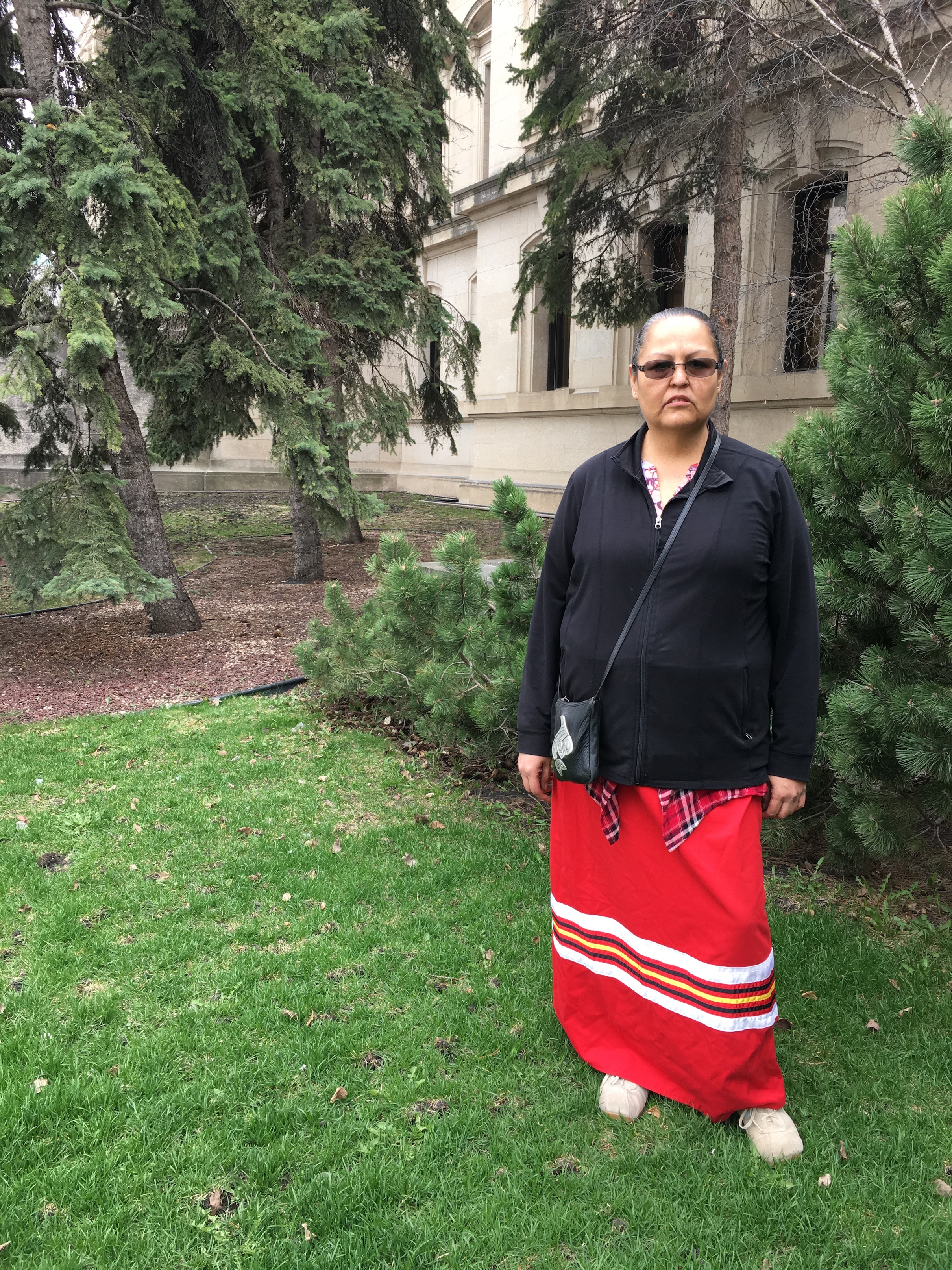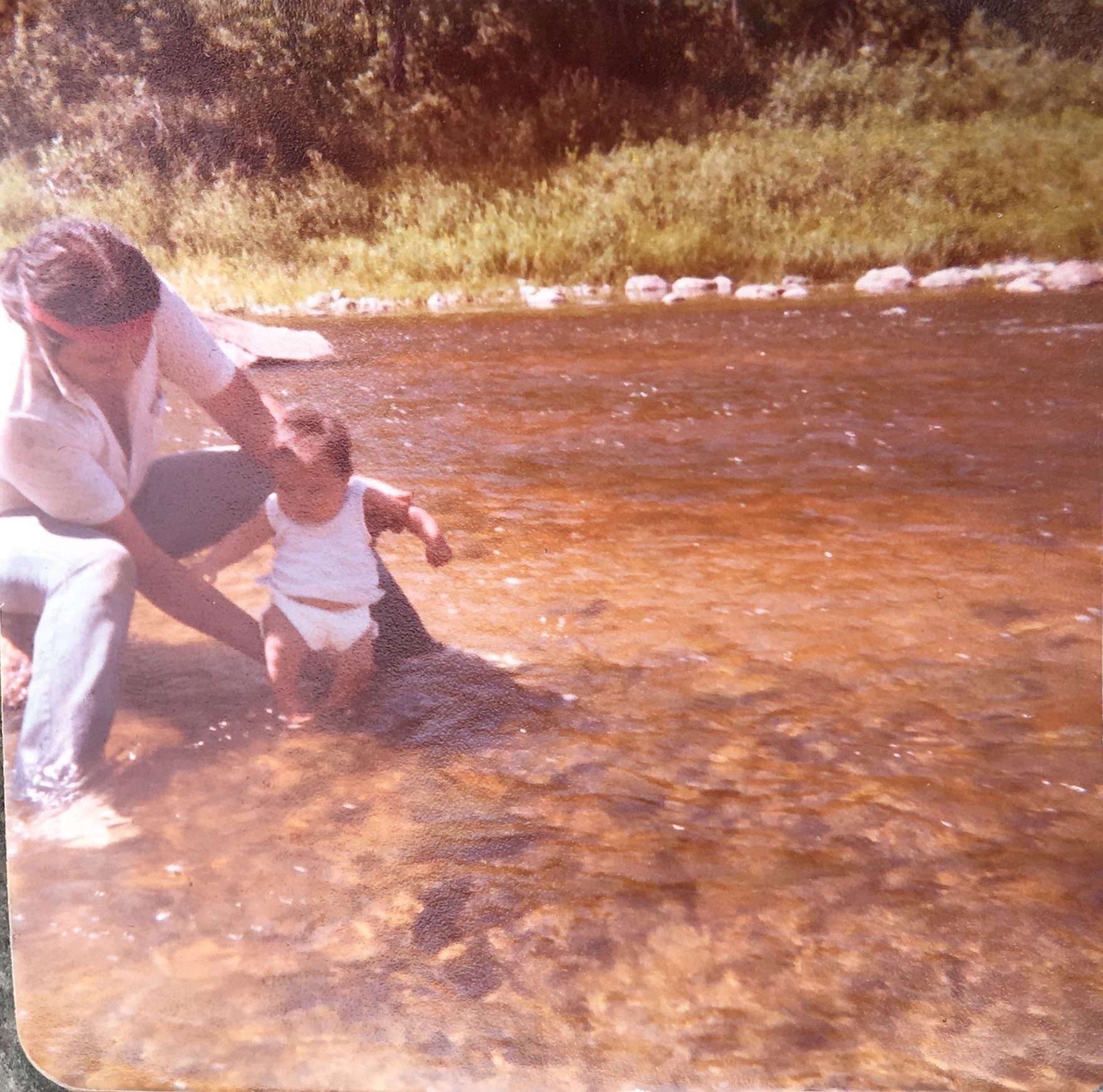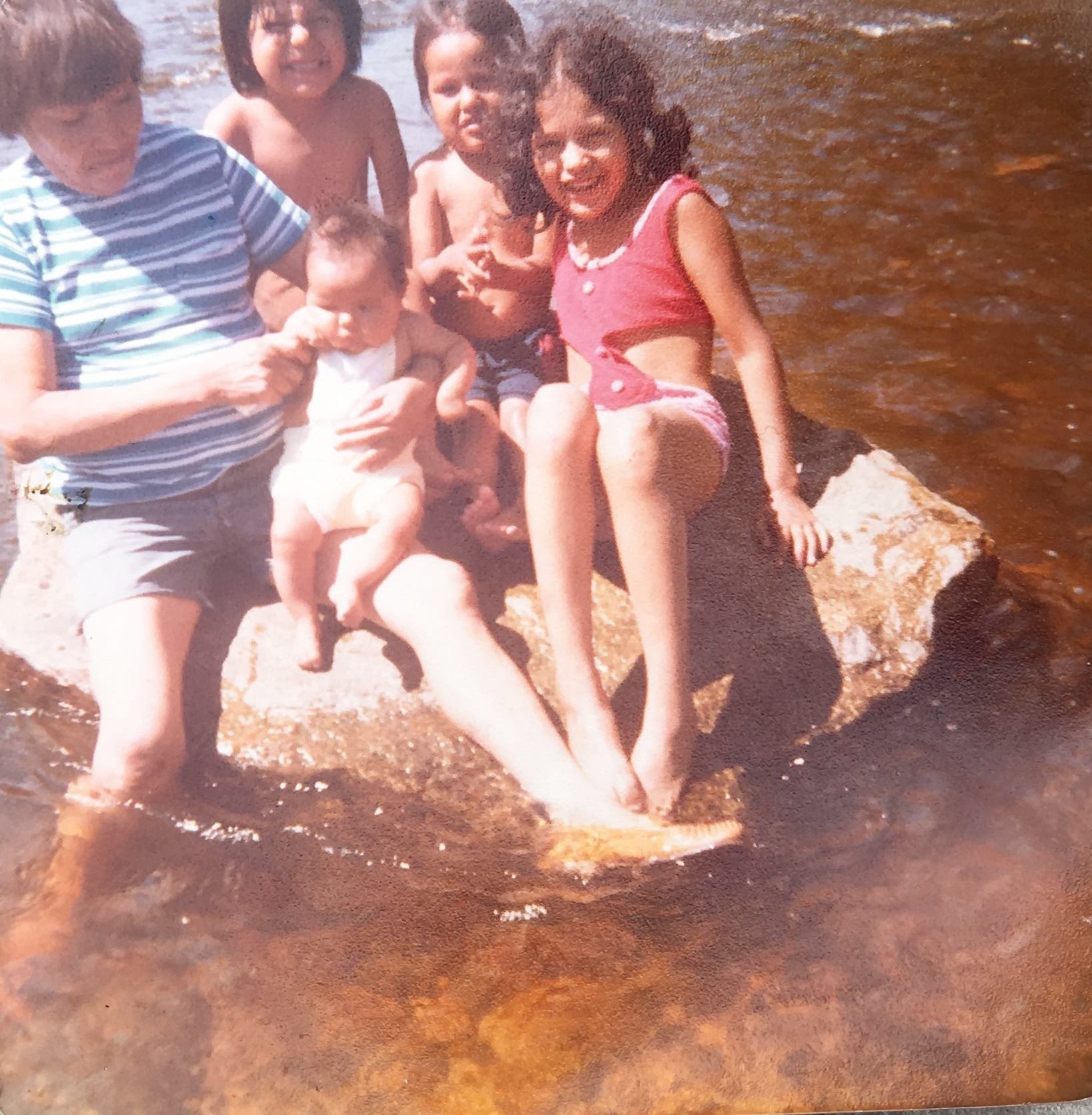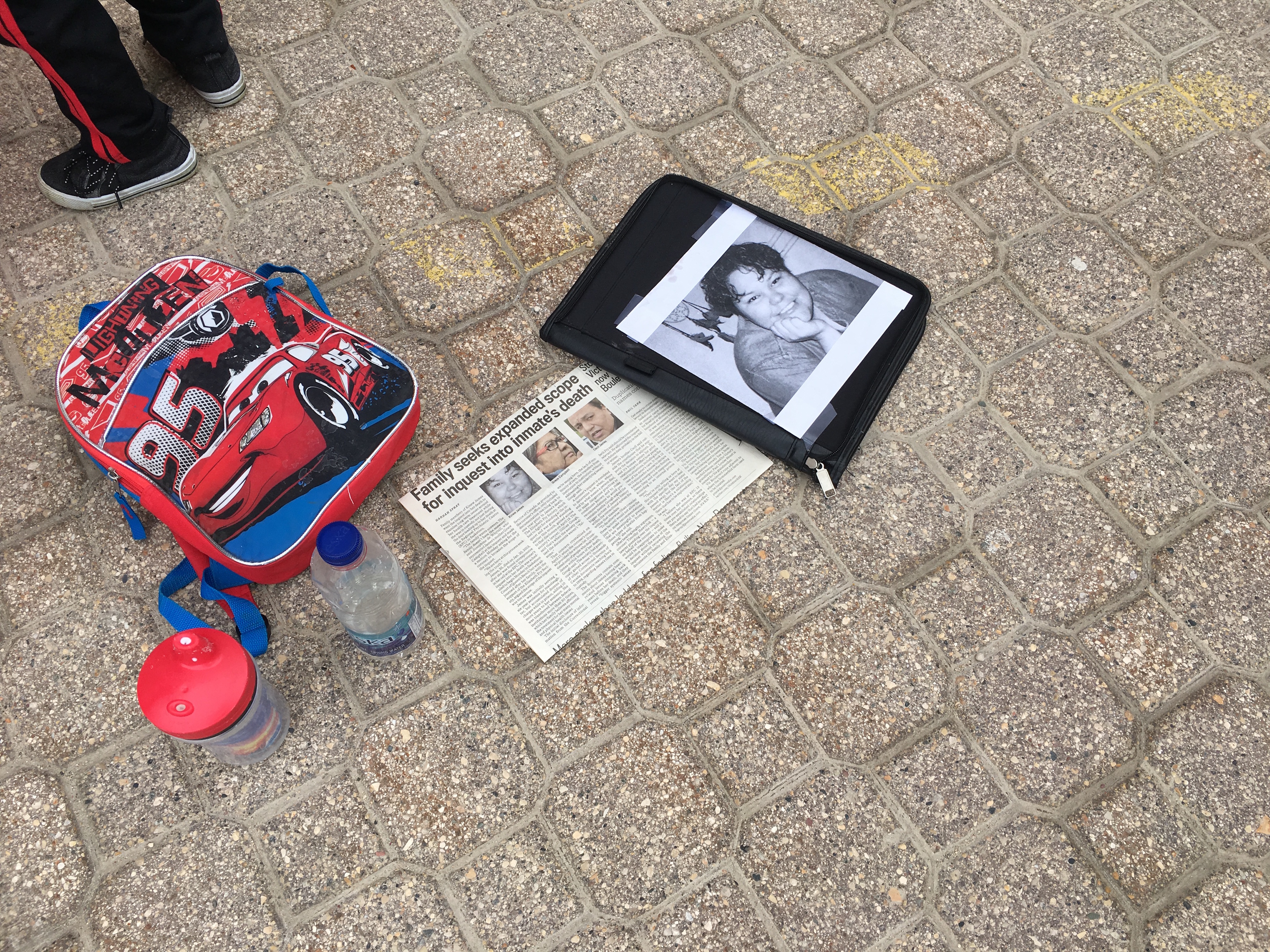The last time Cheryl James spoke to her younger sister they were making plans to take a university course together. They talked about reuniting as a family.That was in 2012, while Kinew James was a federal inmate at the Saskatoon Regional Psychiatric Centre, serving a 15-year sentence for manslaughter, assault, uttering threats and other “institutional” charges she acquired while already incarcerated.On January 20, 2013, just seven months before her release, Kinew, 35, was found in her cell, dead of an apparent heart attack.Kinew’s family believes there is more to the story. They point to accounts from inmates who say they heard Kinew calling out for help before she died, and who allege that instead of immediate medical assistance, corrections staff ignored her.This week, after a year-long break, an inquest delving into what happened the night of her death resumed in a Saskatoon courthouse.Her voice shook a little when she talked. She wore a long red skirt with dark sunglasses, a small purse strapped across her chest with her hair in a bun. Cheryl James carried her drum as she placed a black and white photo of her sister on the ground, and sang traditional songs to the crowd.She was at a rally in downtown Winnipeg for Errol Greene, 26, a father of four who died while in custody. His family claims he died after being denied his medication during an epileptic seizure. An inquest into Greene’s death was announced late last year by Manitoba’s office of the chief medical examiner. Cheryl’s siblings Sharon and Cecil James were also there, joined by other siblings, because they can relate to Greene’s family and what they’re going through.But talking about their younger sister remains a challenge.“We’re just quietly supporting one another, it’s really painful to talk to one another about it,” Cheryl James said.“It gets emotional for us.”In the James’ home, the family grew up going camping together or attending their community’s powwow in their home province of Manitoba.There were nine children in the home, Kinew being the third youngest sibling of the bunch.
Cheryl’s siblings Sharon and Cecil James were also there, joined by other siblings, because they can relate to Greene’s family and what they’re going through.But talking about their younger sister remains a challenge.“We’re just quietly supporting one another, it’s really painful to talk to one another about it,” Cheryl James said.“It gets emotional for us.”In the James’ home, the family grew up going camping together or attending their community’s powwow in their home province of Manitoba.There were nine children in the home, Kinew being the third youngest sibling of the bunch. “She was really mischievous, she liked to laugh [and] she was really witty as a little person,” Cheryl said, remembering Kinew.But around 9-years-old, that mischievousness became too much for John James, and eventually Kinew was sent to a foster care home, in another First Nation in Manitoba, where her family alleges she was sexually abused.Their father, John James, had a hard time talking about Kinew before his death in 2000, Cheryl recalled.“He didn’t say much, but I can tell that he was really hurt and sad,” she said. “It came out later that Kinew had mental health issues that went unaddressed.”After that first foster home, Cheryl noticed a change in her younger sister — drinking and drugs. Kinew would later be sent to a different foster home.According to the Office of the Correctional Investigator, a watchdog for federal prisons, Indigenous people in Canada account for 24.4 percent of the total inmate population, while comprising just 4.3 percent of the Canadian population. And 35.5 percent of all female inmates are Indigenous women.Indigenous inmates also account for 30.8 percent of all use of force incidents — where prison staff have physical interactions with inmates — with Indigenous women involved in 24 percent of such incidents in women’s facilities. Indigenous inmates are also likely to present a history of substance abuse and mental health issues. And according to the corrections investigator, First Nation inmates tend to spend more time in segregation and had higher rates of self-injury and suicide.Few details have been reported around the charges that landed Kinew in jail, but she served her sentence at several different prisons. She was always out of province, so the family never got to visit her. They sent letters, instead, and kept in touch with phone calls.Despite her mental health issues, Kinew earned a high school diploma while incarcerated, and became known by other prisoners as someone they could rely on for help.Still, the family knew Kinew was struggling inside, often placed in segregation and harming herself.
“She was really mischievous, she liked to laugh [and] she was really witty as a little person,” Cheryl said, remembering Kinew.But around 9-years-old, that mischievousness became too much for John James, and eventually Kinew was sent to a foster care home, in another First Nation in Manitoba, where her family alleges she was sexually abused.Their father, John James, had a hard time talking about Kinew before his death in 2000, Cheryl recalled.“He didn’t say much, but I can tell that he was really hurt and sad,” she said. “It came out later that Kinew had mental health issues that went unaddressed.”After that first foster home, Cheryl noticed a change in her younger sister — drinking and drugs. Kinew would later be sent to a different foster home.According to the Office of the Correctional Investigator, a watchdog for federal prisons, Indigenous people in Canada account for 24.4 percent of the total inmate population, while comprising just 4.3 percent of the Canadian population. And 35.5 percent of all female inmates are Indigenous women.Indigenous inmates also account for 30.8 percent of all use of force incidents — where prison staff have physical interactions with inmates — with Indigenous women involved in 24 percent of such incidents in women’s facilities. Indigenous inmates are also likely to present a history of substance abuse and mental health issues. And according to the corrections investigator, First Nation inmates tend to spend more time in segregation and had higher rates of self-injury and suicide.Few details have been reported around the charges that landed Kinew in jail, but she served her sentence at several different prisons. She was always out of province, so the family never got to visit her. They sent letters, instead, and kept in touch with phone calls.Despite her mental health issues, Kinew earned a high school diploma while incarcerated, and became known by other prisoners as someone they could rely on for help.Still, the family knew Kinew was struggling inside, often placed in segregation and harming herself. “She didn’t want to talk about it when I asked her about it. She said things got to her too much and she wanted to be alone,” said James.On the night before she died, Cheryl says her sister had been complaining about a sore stomach. Things got worse as the night unfolded. “She was yelling for help, asking for help, and banging on the door,” recalled Cheryl, who had been relayed accounts from inside the centre by the Elizabeth Fry Society.According to the CBC, inmates have alleged that their pleas for Corrections staff to help her went unanswered for an hour. There were also allegations that her distress alarm was turned off at one point, a claim that the correctional system did not address immediately after her death.A federal Corrections report, obtained by the CBC, has already concluded a nurse took too long to call a Code Blue after finding Kinew unresponsive. It also found that her insulin was “not administered as per the physician’s order” on six different occasions in the days leading up to her death, and that the errors were not recorded on her medical file.
“She didn’t want to talk about it when I asked her about it. She said things got to her too much and she wanted to be alone,” said James.On the night before she died, Cheryl says her sister had been complaining about a sore stomach. Things got worse as the night unfolded. “She was yelling for help, asking for help, and banging on the door,” recalled Cheryl, who had been relayed accounts from inside the centre by the Elizabeth Fry Society.According to the CBC, inmates have alleged that their pleas for Corrections staff to help her went unanswered for an hour. There were also allegations that her distress alarm was turned off at one point, a claim that the correctional system did not address immediately after her death.A federal Corrections report, obtained by the CBC, has already concluded a nurse took too long to call a Code Blue after finding Kinew unresponsive. It also found that her insulin was “not administered as per the physician’s order” on six different occasions in the days leading up to her death, and that the errors were not recorded on her medical file. Correctional Services of Canada did not respond to a request from VICE News for comment before publishing this article. Outside the courthouse this week, a spokesperson said that several changes have been implemented since Kinew’s death, including a tracking system for lab tests and medication of prisoners, and training for workers on Indigenous history.“We are committed to learning everything we can to prevent future deaths,” said Lori Halfper, according to the CBC.For Senator Kim Pate, a longtime prisoners’ advocate, aspects of Kinew’s story has a familiar ring to it. For years she has been pressing for reforms to how Canada jails women, and in her inaugural speech in the Red Chamber in December, she laid bare the horrific circumstances surrounding such a dramatic over-representation of Indigenous women, in particular.As the former executive director with the Canadian Association of Elizabeth Fry Societies, she worked with the James family following Kinew’s death.She believes strongly that the inquest needs to look at the entire time Kinew spent in prison, not just the day she died, noting that she knows of another incident when corrections staff at the Regional Psychiatric Centre shut off Kinew’s call button.“One of the challenges right now is we’re waiting to hear about what’s going to happen in terms of scope,” said Senator Pate. “The most horrendous thing is we start at that day.”
Correctional Services of Canada did not respond to a request from VICE News for comment before publishing this article. Outside the courthouse this week, a spokesperson said that several changes have been implemented since Kinew’s death, including a tracking system for lab tests and medication of prisoners, and training for workers on Indigenous history.“We are committed to learning everything we can to prevent future deaths,” said Lori Halfper, according to the CBC.For Senator Kim Pate, a longtime prisoners’ advocate, aspects of Kinew’s story has a familiar ring to it. For years she has been pressing for reforms to how Canada jails women, and in her inaugural speech in the Red Chamber in December, she laid bare the horrific circumstances surrounding such a dramatic over-representation of Indigenous women, in particular.As the former executive director with the Canadian Association of Elizabeth Fry Societies, she worked with the James family following Kinew’s death.She believes strongly that the inquest needs to look at the entire time Kinew spent in prison, not just the day she died, noting that she knows of another incident when corrections staff at the Regional Psychiatric Centre shut off Kinew’s call button.“One of the challenges right now is we’re waiting to hear about what’s going to happen in terms of scope,” said Senator Pate. “The most horrendous thing is we start at that day.” Some of the larger issues revolving around how the prison system treats the mentally ill have already been probed during an inquest into the death of Ashley Smith, a young woman who hanged herself while she was under suicide watch in an Ontario institution in 2007.Among that inquest’s recommendations: that women with serious mental health issues ideally serve their sentences in a treatment facility, not a prison setting. It also called for the abolition of indefinite solitary confinement.Pate said the recommendations stemming from that inquest need to be taken seriously.“[The] Correctional investigator made similar recommendations that we also need to get people with mental health issues out of the prison systems,” says Pate.For the James family, the inquest is about justice and closure. Their sister is buried next to their father, John, in Roseau River, Manitoba.
Some of the larger issues revolving around how the prison system treats the mentally ill have already been probed during an inquest into the death of Ashley Smith, a young woman who hanged herself while she was under suicide watch in an Ontario institution in 2007.Among that inquest’s recommendations: that women with serious mental health issues ideally serve their sentences in a treatment facility, not a prison setting. It also called for the abolition of indefinite solitary confinement.Pate said the recommendations stemming from that inquest need to be taken seriously.“[The] Correctional investigator made similar recommendations that we also need to get people with mental health issues out of the prison systems,” says Pate.For the James family, the inquest is about justice and closure. Their sister is buried next to their father, John, in Roseau River, Manitoba.
Advertisement
“My sister deserves a voice and I want to ask questions on my sister’s behalf,” said Cecil James, Kinew’s older brother.“We’re just quietly supporting one another, it’s really painful to talk to one another about it.”
Life without Kinew

Advertisement
Sexually abused as a child

Life in prison, self-harm and segregation
Advertisement

Advertisement
At the inquest on Tuesday, the jury heard a correctional officer testify that a nurse who had entered Kinew’s cell twice to check on her thought she was “faking it”, the Saskatoon Star Phoenix reported.Another corrections officer testified that Kinew had told another nurse, around 9:30 p.m. that her “blood felt funny”. Call records show Kinew pressed her call button five more times before midnight. Two nurses entered Kinew’s cell at 12:05 a.m. to check on her, a Code Blue was called shortly after 12:15 a.m. and an ambulance was called at 12:22, the Star Phoenix reported.Earlier in the week, a doctor at the Regional Psychiatric Centre testified he was not aware Kinew had complained of chest pains or had abnormal ECG in the previous months, the Saskatoon Star Phoenix reported, while the doctor on call the night of her death said he was unaware of her extensive medical history.The inquest also heard from a nurse, who admitted to saying that performing CPR on Kinew, who was overweight, was “like performing CPR on a waterbed.” The family has asked for an apology.“She was yelling for help, asking for help, and banging on the door”

Advertisement
A bigger problem

